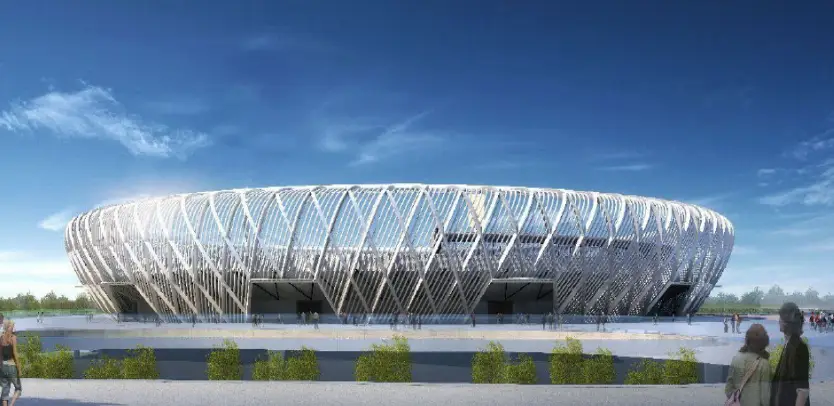Baseball field lighting design requires careful consideration of visibility, energy efficiency, and compliance with sports-specific standards. Below are key principles and innovations based on the provided literature:
1. Illumination Uniformity and Glare Control
Achieving uniform illuminance across the entire field is a primary challenge. Rough set theory has been applied to optimize aiming angles of luminaires for large-scale outdoor sports lighting installations, balancing six lighting parameters (e.g., horizontal/vertical angles) to enhance uniformity.
Glare management is critical for player and spectator comfort. While specific metrics for baseball fields are not detailed in the literature, glare models like the Unified Glare Rating (UGR) used in indoor sports facilities could inform designs.
2. LED Technology Adoption
LED lighting is increasingly adopted in baseball fields due to its energy efficiency, customizable spectra, and reduced maintenance. For example, stadiums like Wrigley Field integrated LED lighting retrofits, improving energy performance while preserving historic aesthetics.
LED systems also enable dynamic effects, such as color-changing fixtures, enhancing theatrical experiences during night games.
3. Energy Efficiency and Sustainability
Modern designs prioritize energy savings through automated controls, such as occupancy sensors and dimming strategies. For instance, retrofitting traditional systems with LED lighting at Wrigley Field aligned with HVAC upgrades, demonstrating synergies between lighting and broader energy management.
Sustainable practices include minimizing light pollution and protecting local ecosystems, as seen in projects like the Mardyke Gardens Pavilion, where lighting controls were tailored to avoid disrupting bat populations.
4. Design Adaptability and Historical Integration
Retractable roofs and retro-style ballparks (e.g., Wrigley Field) blend historical aesthetics with modern lighting demands. These designs balance daytime/nighttime functionality and integrate lighting systems into multi-use spaces.
Wireless control systems, such as those used in the Langley Events Centre, allow dynamic adjustments for events like concerts or televised games, ensuring flexibility without compromising performance.
5. Broadcasting and Spectator Experience
High color rendering index (CRI) LEDs are essential for televised games, ensuring accurate color representation for broadcasts.
Innovations like the “Pavilion of Light” in Cork demonstrate how lighting can enhance spectator engagement through color-changing effects and interactive projections.
6. Challenges in Retrofit Projects
Retrofitting older stadiums requires addressing compatibility issues, such as dimming performance and thermal management. For example, Wrigley Field’s chilled-water system upgrades highlight the need for holistic energy planning during lighting retrofits.
Baseball field lighting design combines technical precision (e.g., uniformity optimization), advanced technologies (e.g., LED), and contextual adaptability (e.g., historic preservation). Future trends may further integrate AI-driven controls and ecological considerations to enhance both performance and sustainability.
